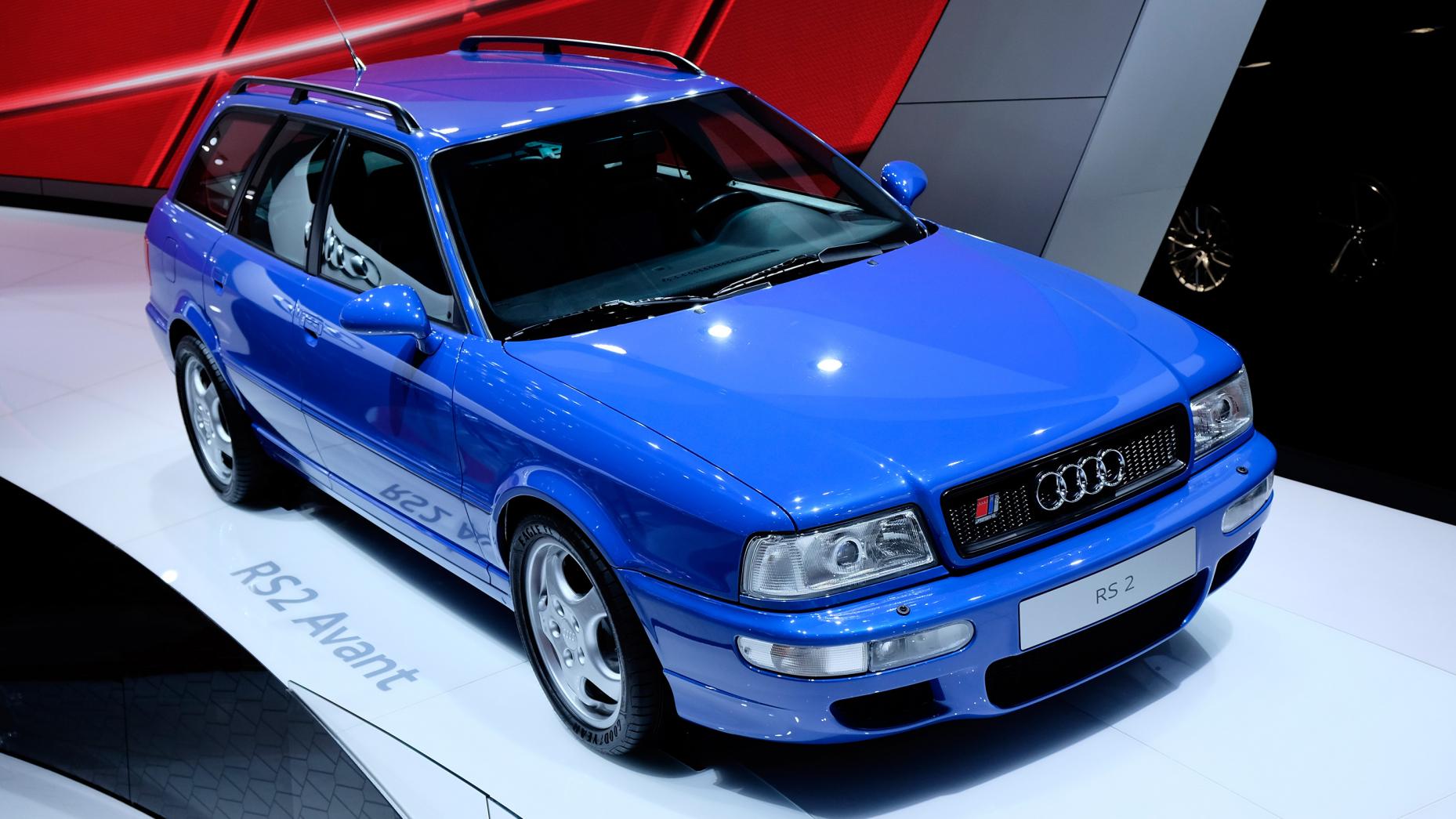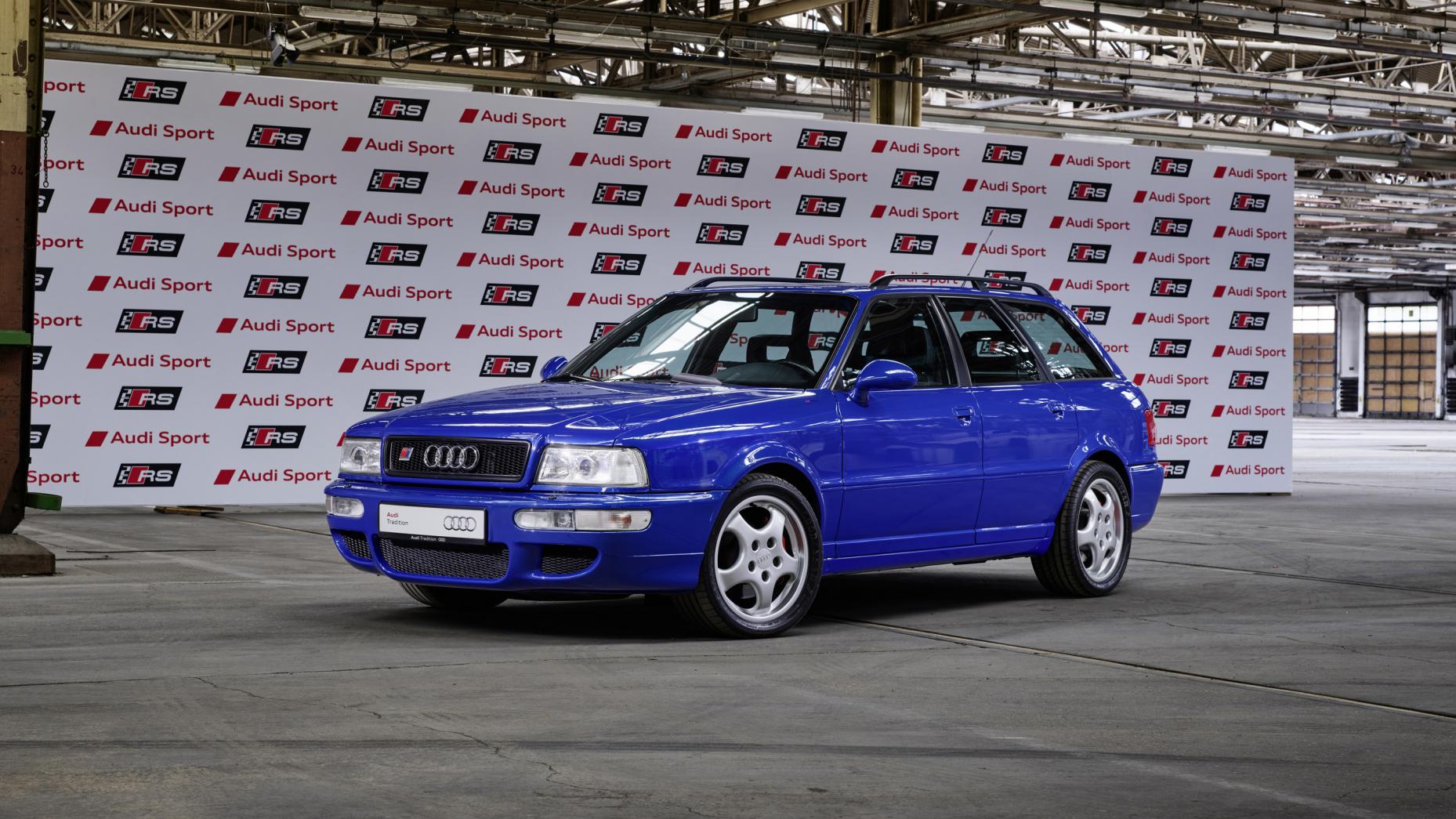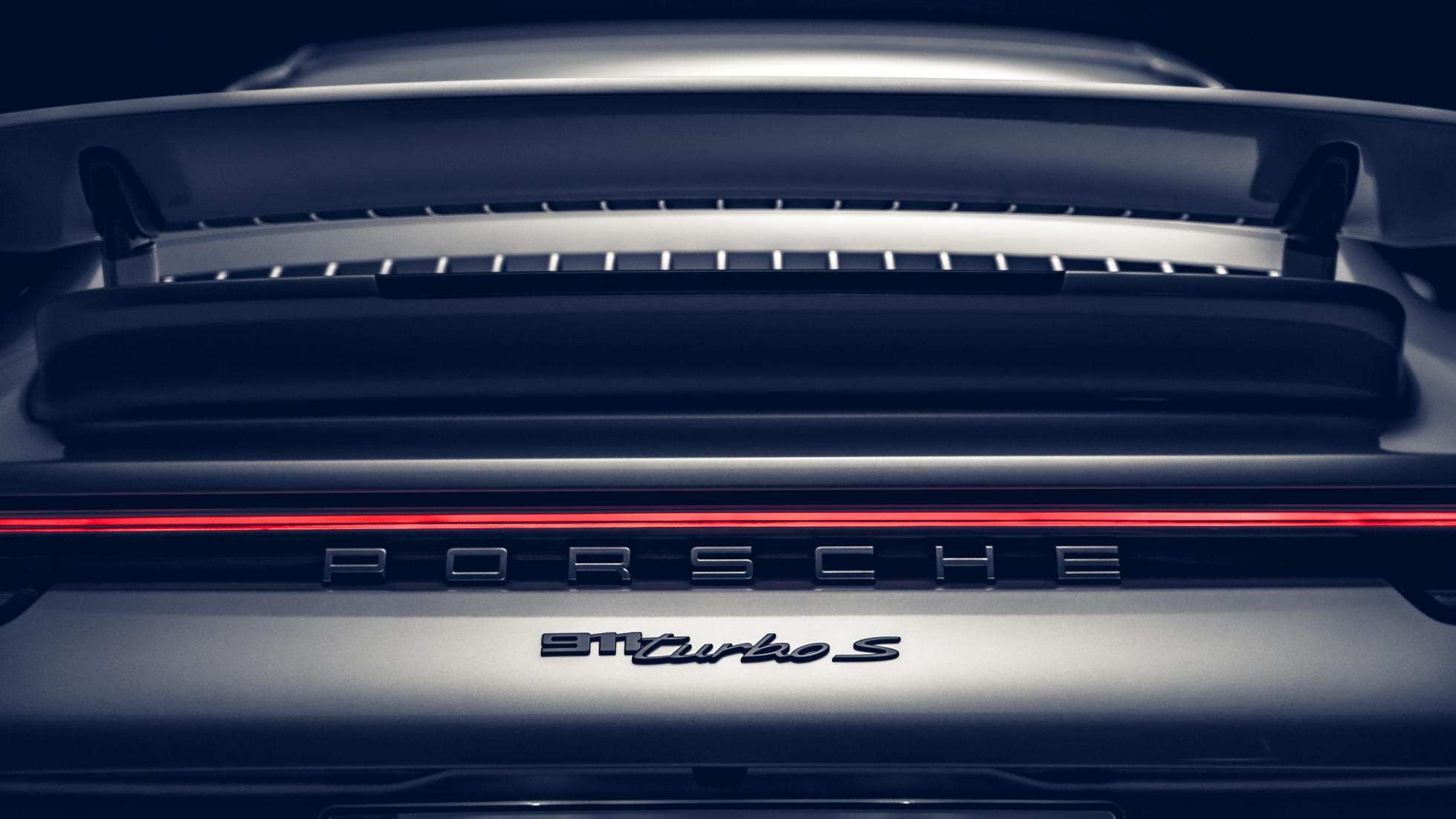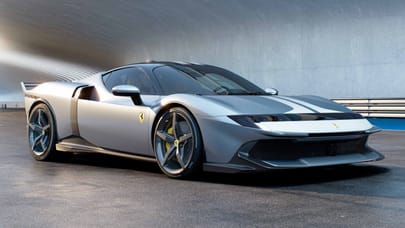
Change Our Mind #5: turbo cars are best when there’s turbo lag
Got boost? Why hide the moment it tries to kill you? Dare you argue with a TG writer?
Why have we all been trained to treat turbo lag like it’s our lockdown internet history? Embarrassing, not something to admit liking in public, and ripe for swift deletion. This is wrong. Turbo lag should be savoured. Encouraged. Respected.
Seriously. Think of the thousands of hours, and millions of R&D Euros Porsche has spent on variable-vane turbos that respond at low revs. Or how AMG and BMW have sweated over cramming red-hot turbos deep between the banks of their respective V8s, in a desperate effort to get them working the nanosecond the driver tickles the throttle.
It’s all been in vain. Because put anyone behind the loud pedal of a lazy, laggy, Jekyll-and-Hyde boosted car and they’ll become addicted to its two-faced behaviour. The anticipation of the boost building. The rampant whistle as the pressure increases. And then, the pay-off, the money shot, the moment you’ve been waiting for. Whoosh, go the turbos, and clench go your buttocks as the car bounds forwards like it’s been hooked to an aircraft carrier catapult.
I’ve been lucky enough to drive some of the maddest turbo cars of recent years. But the most exciting turbocharged car etched into my memory is not, say, the Porsche 911 GT2 RS. Or the McLaren 675LT.
It’s not even the eye-wateringly fast disco ball known as the Pagani Huayra. Nope. If an alien landed on Earth and demanded to know why turbo cars are a fascination here, I’d take him out in an old family estate box.
The Audi RS2 Avant isn’t just the genesis of the super-wagon. It’s also a turbo lag hero. Its Porsche-fettled 2.2-litre, 20-valve five-cylinder engine was a small afterthought screwed to the back of a splendid turbo. It developed 300lb ft at 3,000rpm. Three-thousand!
Most current engines have already been at max boost for 1,500rpm by the time they spin past three grand. The RS2’s 311bhp sucker-punch wasn’t on tap until 6,500rpm. This is a turbo car with a power and torque curve, not a table-top.
As a result, the RS2 is two cars. There’s the RS2 below 3,000rpm, which is a perfectly docile, slightly creaky little estate car within which you pootle along enjoying the dour blackness of its solidly built interior, how narrow it feels, and wondering why the boost gauge appears to be broken.
Then there’s the RS2 that replaces it above 3,000rpm, which seems to exist only in the bullet-time scene from The Matrix. It wants to spin all four wheels, in the dry. It wants to get you from 0-60mph in 4.8 seconds. I don’t have a stopwatch to hand right now – or an RS2, sadly – but I reckon four of those seconds are getting from 0-20mph. The other 40mph is added during the nought-point-eight. This is how turbo cars should behave.
The heads-or-tails, do-you-feel-lucky behaviour of the throttle is a liability. It’s the sort of engine response that makes you turn the radio down to concentrate. The RS2’s boost gauge isn’t a marketing gimmick – it’s a safety device. Studying it might save your life. People I know and respect who’ve driven ultra-boosted Nissan GT-Rs, Ferrari F40s and even the diminutive BMW 2002 tell similar tales, while sweating and shaking from the memory.
Top Gear
Newsletter
Thank you for subscribing to our newsletter. Look out for your regular round-up of news, reviews and offers in your inbox.
Get all the latest news, reviews and exclusives, direct to your inbox.
This whole campaign to erase lag with electronic turbos, clever engine plumbing and wastegates with their own PhD is terribly impressive, but wrong. Bring back turbo lag. At least three seconds of it, before boost-ma-geddon strikes. Dare you try to Change Our Mind?
Trending this week
- Car Review
BMW iX3










